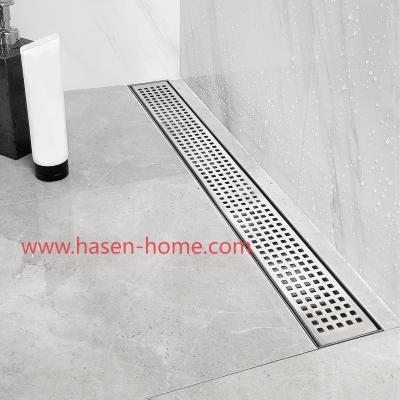Categories
Tags
-
#Capping Machine Supplier
#screw cap automation
#inline packaging
#torque inspection
#Taizhou Chuangzhen
#Cap Compression Moulding Machine
#plastic cap tooling
#high-speed cap manufacturing
#Chuangzhen Machinery
#multi-cavity systems
#Compression Molding Machine Price
#cap production
#manufacturing cost
#Chuangzhen
#molding technology
#Cap Compression Molding Machine
#plastic caps
#compression molding
#efficiency
#Capping-machine
#sustainability
#industrial applications
#price
#innovation
Archives
Capping-machine Leads High-Speed Cap Compression Molding Advanc
-
Posted by sean zhang Filed in Other #Cap Compression Molding Machine #Capping-machine #sustainability #industrial applications #price #innovation 3 views
In a packaging market increasingly shaped by automation and smarter production, theCap Compression Molding Machine Price has become a key indicator of performance potential. As businesses aim for greater accuracy, consistency, and speed, decision-makers are looking beyond conventional equipment, focusing on solutions that support lean manufacturing and sustainable output.
The conversation around Cap Compression Molding Machine Price is no longer only about cost. It now includes factors like integration capabilities, tooling life, adaptability to multi-cap formats, and the ability to meet high-volume targets with minimum material waste. These factors are essential for operations looking to deliver more while consuming less.
In recent years, the shift toward fully automated molding lines has required manufacturers to reconfigure their expectations from machine suppliers. Instead of choosing equipment based solely on capacity, buyers now assess how a machine can improve overall process stability, reduce start-up errors, and shorten changeover times. Compression molding stands out due to its reduced cycle variation and higher cap uniformity across all types of plastic closures.
Chuangzhen Machinery, based in Taizhou, has responded to this industry pivot by introducing advanced compression systems with digital interface options. Their machines are equipped with servo control, allowing for precise adjustment during production without halting the line. This not only improves accuracy but also extends the lifecycle of both molds and the machine as a whole.
Application-wise, this molding method supports a wide array of consumer goods: from mineral water bottles and dairy products to cleaning agents and condiment containers. The plastic cap, although small in size, has a direct impact on how users perceive brand quality. A consistent seal, smooth rotation, and tamper-evident structure are now expected as standard. These performance requirements are best achieved through stable compression methods, which generate minimal internal stress in each molded unit.
From a pricing standpoint, modern compression machines deliver value over time through reduced downtime and low maintenance needs. Maintenance protocols are simplified due to the fewer moving parts in compression heads compared to older injection systems. Additionally, energy consumption is kept in check by optimized heating systems and minimal waste heat loss—factors that reduce the operational footprint.
This performance also plays well into market sustainability goals. As more companies report their production data in public ESG disclosures, machines that support cleaner processes become essential to maintaining a responsible brand image. In this context, investing in the right equipment becomes a long-term business asset rather than a short-term capital expense.
For manufacturers seeking reliable and high-performing cap production systems, Chuangzhen Machinery offers customized solutions based on specific operational needs. More machine specifications and application details can be found at their official website: http://www.capping-machine.net/product/ .
